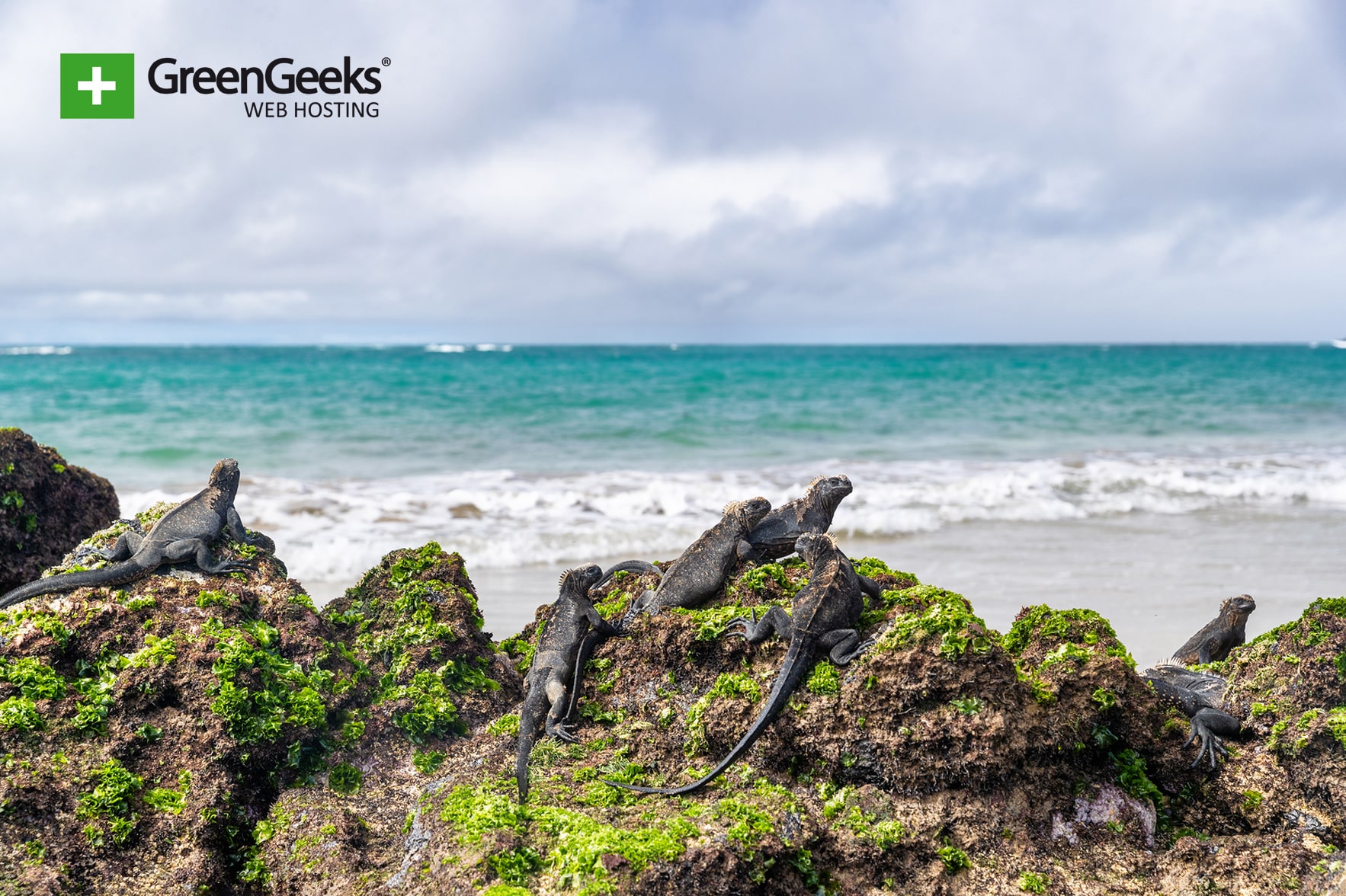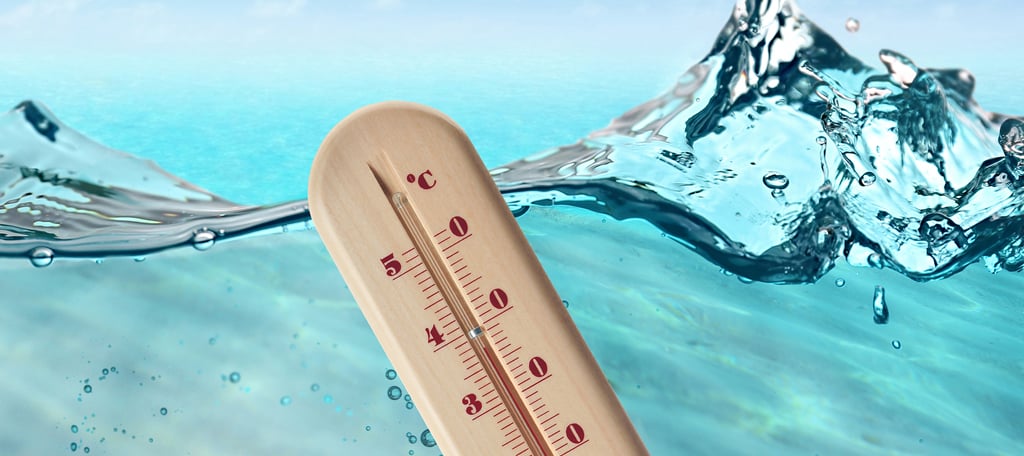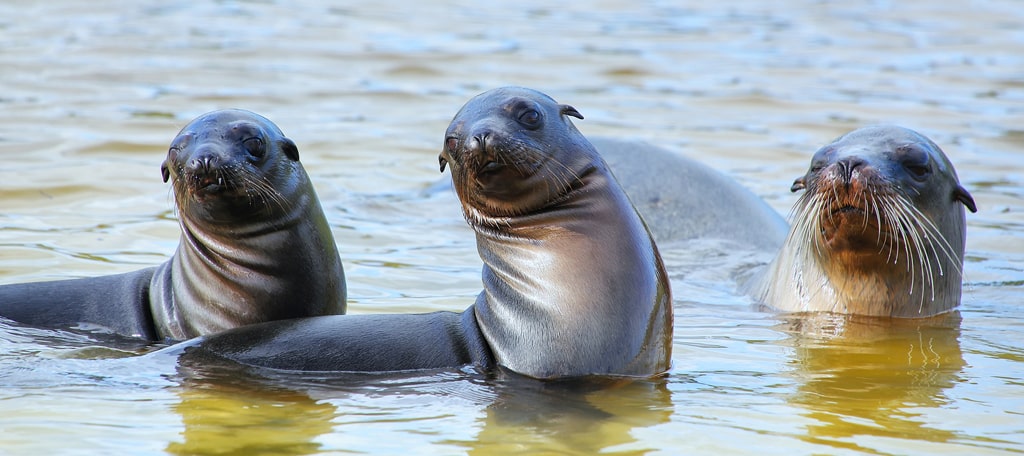
The Galápagos Islands are the very same islands that Charles Darwin visited while studying evolution. Now the wildlife there will need to evolve if they want to survive the warming climate.
Climate change is causing global warming and rising ocean temperatures are proof of it. The wildlife located on the Galápagos Islands are in danger and not even further evolution may be enough to save them.
What Makes The Galápagos Islands So Special
Global warming is affecting animal species all around the world. The increased temperatures put both land and sea life at risk, but the Galápagos Islands are a very unique place. These islands see the intersection of three ocean currents which allow these islands to have both a tropical and temperate climate.
Thanks to these unique traits, the animal life is very diverse. Only in the Galápagos Islands can you witness a Penguin swimming next to coral or the Marine Iguana which can forage in the ocean. The diverse life found on these islands provided Charles Darwin with everything he needed in his evolution studies.
What’s Causing the Sea to Warm Up

For decades, humanity has been warned about the effects climate change will have on the Earth, but little has been done. According to the Emissions Gap Report 2018, carbon emissions have begun rising again and most countries around the world are not meeting the pledges they have made.
As more greenhouse gases are released into the air, the Earth becomes warmer and the sea temperature rises with it. In particular, the El Niño phenomenon is being accelerated and the Galápagos Islands get affected very strongly by this occurrence.
The El Niño phenomenon happens irregularly but occurs between every two to seven years. This phenomenon heats up the oceans and warms the water, which means available nutrients sink to the bottom. This makes it hard for animals that are in affected areas to survive and in the case of many fish species, it is impossible.
The Galápagos Islands are one of these areas and the effects are much worse because of the great diversity of wildlife.
The Animals Have Done It Before, But Can They Do It Again

The Galápagos Islands are widely known as the islands that Charles Darwin used to study evolution. The animals who live there have very unique traits that could only be found in this very unique climate. And the animals have changed to adapt since Darwin’s last visit.
For example, the Marine Iguana has shrunk over time because of rising ocean temperatures. Their main food source is Algae, which doesn’t do so well in warmer waters. A decrease in algae means that the iguana would starve, but by shrinking, the animal is able to survive on less food.
However, not every animal can adapt fast enough. Sardines, the main food source of Sea Lions in the area, disappear as the water becomes warmer. Most of the Sea Lions that suffered through the 1982 El Niño starved to death and were unable to feed their puppies. This essentially wiped out a generation of Sea Lions in the area.
Now Sea Lions have begun adding other fish to their diets, which will help them avoid starvation as sea temperature rise. Unfortunately, the reduction in sardine populations has affected many other species that rely on them as a food source. The Blue-Footed Boobies also eat sardines as their main food source and they, like sea lions, have begun eating other fish.
Animals Will Stop Mating
Many animals have very specific conditions or seasons when they mate and when the sea temperatures rise, they stop mating. While Sardines don’t like warm water, other fish in the area will also migrate away. This will result in the destruction of the established food chain on the islands.
Animals typically do not mate when there is a food shortage. Pregnant animals require more food and their off-spring will as well. If the temperatures continue rising, there is a good chance that the wildlife will disappear.
What Can Be Done
The war against climate change continues every day and countries from around the world are promising that more will be done. World leaders are not alone, big business and industries like the concrete and cement industry are also stepping up to do their part.
If everyone from world and business leaders to everyday people does their fair share, climate change can be slowed to a halt, but unless that happens faster, there may not be much wildlife left.

